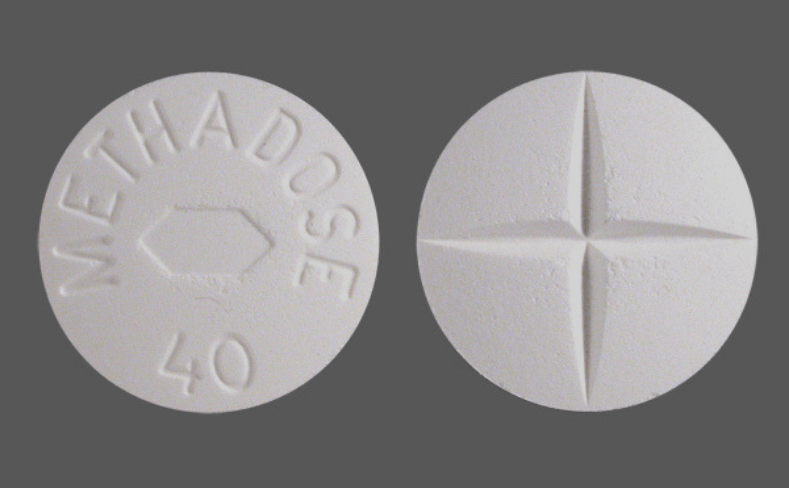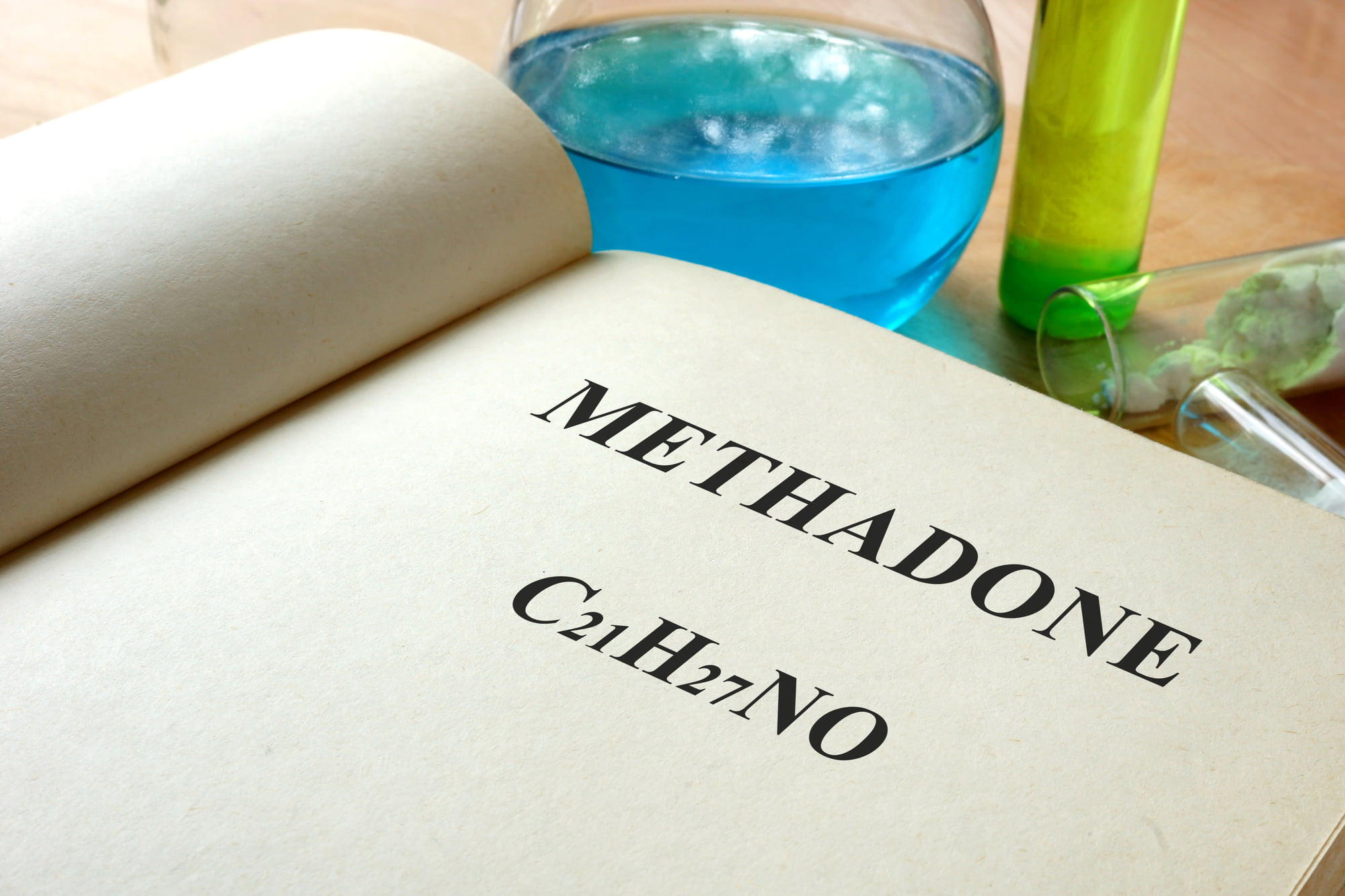Methadone’s Effectiveness in the Treatment of Fentanyl Addiction
When someone is badly injured, they can sometimes have long term chronic pain that can be hard to manage. Fentanyl is sometimes prescribed for pain management so that the person can live a more productive life. Unfortunately, Fentanyl addiction can happen and the drug is often abused by people who aren’t prescribed to take it – this is where methadone can help. This can lead to illness and even death. Understanding what Fentanyl does, how it should be taken and what can be done if you do become addicted to it is important.
What is Fentanyl & How It is Contributing to the Opioid Epidemic
Fentanyl is a pain medication that commonly prescribed by doctors for people who have had an accident or injury that has left them in intense pain. The pain that cancer patients experience is often treated with the medication, as well. It is taken as a lozenge, pill or even as a nasal spray for cancer patients. Individuals who need constant 24-hour pain management often use Fentanyl in the form of a pain patch or an injection. The pain patch releases the medication in small doses over extended periods of time so that there is constant pain relief provided to patients.
Fentanyl boosts chemical dopamine in the body which creates a euphoric feeling and promotes relaxation, to decrease the pain that someone feels. Unfortunately, the euphoric feeling that is created is sought after by those who are prescribed the medication and those who are not. Many people become addicted to the fact that the drug keeps them from feeling physical pain and to the euphoric mental state it puts them in. People who are addicted to other opioids often start taking Fentanyl because it is easy to access and is much stronger than heroin or other opioids found on the market today.
How Bad is Fentanyl Addiction & Withdrawal
Fentanyl addiction can be quite drastic. If you are battling pain on a regular basis, the intensity of the pain can feel quite dramatic when you stop using because you are not only feeling the pain for the first time in a long time, but your body is also feeling withdrawal symptoms. The symptoms can include insomnia, sweating, nausea, stomach cramping, muscle aches and agitation. Unlike most drugs, the withdrawal symptoms with Fentanyl can last for quite a while.
Many addicts battle the withdrawal symptoms that come from a Fentanyl addiction for two weeks to a month. When people try to overcome the addiction on their own, they cannot always handle the withdrawal symptoms they experience as they detox and end up relapsing. This can lead to an overdose because they make the mistake of using again to ease the pain that they feel. When they do the drugs again after not doing them for a long time, they end up overdosing because their body isn’t used to the drugs anymore.
How Methadone Can Help
Methadone prescription medication that can be taken to ease some of the symptoms that come along with detoxing from Fentanyl. It can be taken as a pill, powder or liquid and is designed to be taken for a short period of time. The great thing about methadone is that it can be taken through outpatient treatment programs. That means that you can take it while you still go about your daily life.
Methadone is great for addicts who have problems with relapsing because it minimizes the pain that they feel as they detox and helps them to not be able to get high if they do try to take any opioids while the methadone is in their system. Methadone is very affordably priced and readily available at just about any drug rehabilitation treatment center near you. It needs to be taken as directed and monitored if Methadone is going to be as effective as it can be. You should only take methadone from medical professionals to ensure that the right dosage is prescribed to you and so that you can slowly decrease the amounts that you take so that you can wean yourself from the drug in a safe manner.
Why You Should Consider Methadone Maintenance for Fentanyl Addiction
Many people are fearful to try methadone because they assume that it won’t help them and because they are fearful that they will become addicted to it in place of the Fentanyl. While addiction to methadone is possible, through proper monitoring and other forms of drug intervention treatment, you can use it as a great way to overcome an addiction to Fentanyl.
When you decide you’re ready to stop using Fentanyl, you need to go to see a psychiatrist, as well as take methadone to overcome the addiction. The methadone relieves physical symptoms of addiction that you feel, but you may still have mental issues that need to be addressed. Learning how to cope with the psychological side of an addiction is the key to success. You can learn how to handle triggers that you may feel throughout life and develop coping mechanisms for battling a relapse. You have to take control of your body and mind in order to be able to overcome an addiction to Fentanyl.
It’s important to realize that overcoming addiction of any kind is a process. Do not get overwhelmed and simply give up on your recovery. If you feel that a relapse may be in your future, seek help from outside sources to avoid it from taking place. You can go to an inpatient treatment program to get help for any addiction that you face. Inpatient treatment allows you to be secluded from not only the drugs but other factors in life that could lead to a relapse. Within the treatment program, you can take methadone to help minimize the withdrawal symptoms that you experience as you detox and get help from medical professionals. To learn how to cope with the stresses that come with overcoming drug addiction reach out (855) 976-2092.
Sources
[1] Methadone Fast Facts. (n.d.). Retrieved from https://www.justice.gov/archive/ndic/pubs6/6096/ [2] NIDA. (2016, June 6). Fentanyl. Retrieved from https://www.drugabuse.gov/drugs-abuse/fentanyl on 2019, February 20 [3] Fentanyl Withdrawal | Dual Diagnosis. (n.d.). Retrieved from https://www.dualdiagnosis.org/fentanyl-risks/withdrawal/ [4] Featured News: Methadone Appears Safe and Effective in Treating Fentanyl Addiction: Study ? Partnership News Service from the Partnership for Drug-Free Kids. (2018, July 4). Retrieved from https://drugfree.org/learn/drug-and-alcohol-news/featured-news-methadone-appears-safe-effective-treating-fentanyl-addiction-study/










